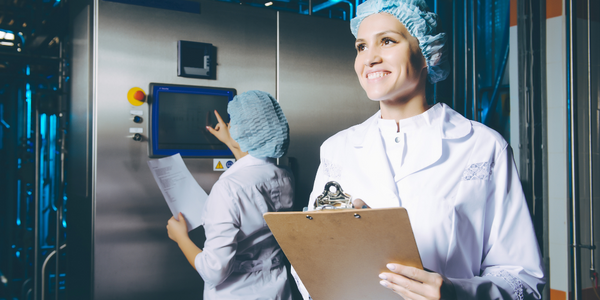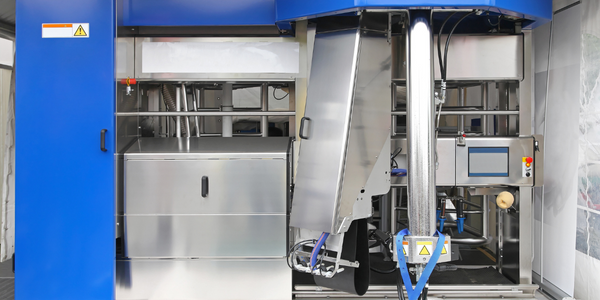Technology Category
- Functional Applications - Enterprise Resource Planning Systems (ERP)
- Wearables - Portable Scanners
Applicable Industries
- Agriculture
- Telecommunications
Applicable Functions
- Logistics & Transportation
- Warehouse & Inventory Management
Use Cases
- Last Mile Delivery
- Picking, Sorting & Positioning
Services
- System Integration
About The Customer
Kubota Australia is a leading provider of agriculture, construction, and power equipment for both business and domestic customers. The company operates through a network of 160 dealerships across Australia and New Zealand, offering new products and aftersales support. Kubota Corporation, the parent company, entered the equipment market in 1953 and launched its first tractor in 1960. Today, Kubota employs more than 35,000 people worldwide. To keep up with growing demand, Kubota Australia continues to add warehouses and is constantly seeking innovative solutions to enhance its operations and customer service.
The Challenge
Kubota Australia, a provider of agriculture, construction, and power equipment, was facing a significant challenge in expanding its warehouse network. The company was experiencing growing demand and needed to provide more parts to more customers promptly. However, the requirement for internet connectivity in the warehouses to allow RF scanners to communicate with the ERP system was proving to be a hindrance. The need for a dedicated wireless network and the logistics of working with potentially different internet service providers at each warehouse location was slowing down the process of making new warehouses operational. The company was seeking a solution to this problem that would allow it to maintain a competitive edge while keeping operational costs low.
The Solution
Kubota Australia came up with the innovative solution of installing the Zscaler Client Connector on the Android-based RF scanners used in the warehouses. Each scanner was also equipped with a SIM card, allowing it to connect to a conventional 4G mobile network. This solution was trialed on a scanner and proved to be successful. The Zscaler Client Connector was easy to install on the Android RF scanners and worked flawlessly without impacting resource utilization on the device. Each scanner could now securely communicate with the company’s SAP ERP system without the need for a separate network. This made the warehouse staff much more agile and productive. The connection was secure even when connecting via guest Wi-Fi, shared internet with no firewalls, and even across mobile carriers. With Zscaler Private Access, Kubota Australia was able to ensure end-to-end encryption from the RF Scanner to the ERP application and restrict the users to only the SAP ERP application without allowing them to browse the internet.
Operational Impact
Quantitative Benefit

Case Study missing?
Start adding your own!
Register with your work email and create a new case study profile for your business.
Related Case Studies.
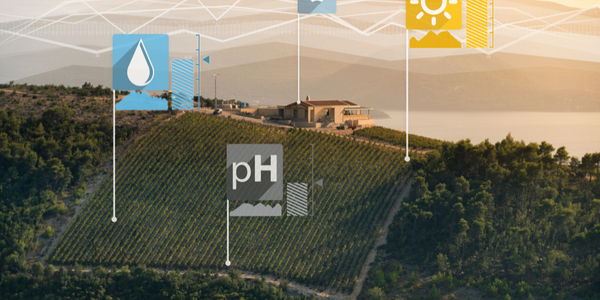
Case Study
Intelligent Farming with ThingWorx Analytics
Z Farms was facing three challenges: costly irrigation systems with water as a limited resource, narrow optimal ranges of soil moisture for growth with difficult maintenance and farm operators could not simply turn on irrigation systems like a faucet.
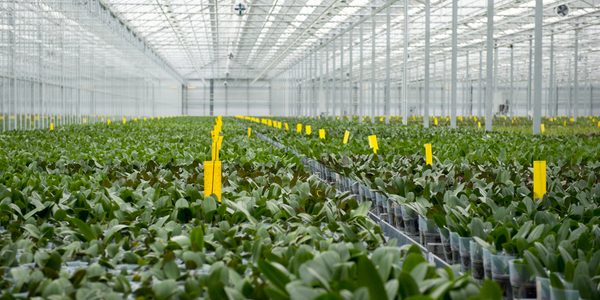
Case Study
Greenhouse Intelligent Monitoring and Control Solution
Farming Orchids is the most successful form of precision farming in Taiwan, and also the most exported flower. Orchids need a specific temperature and humidity conditions to grow and bloom, and its flowering time may not be in line with market demands, so the price collapses when there is overproduction. Therefore, some farmers began to import automated greenhouse control systems for breeding and forcing, which not only improves quality, but also effectively controls the production period and yield to ensure revenue. In 2012, an orchid farmer built a Forcing Greenhouse of about 200 pings (approximately 661 Square Meters) in Tainan, Taiwan. The system integrator adopted Advantech’s APAX-5000 series programmable automation controllers to build the control platform, coupled with Advantech WebAccess HMI/SCADA software, to achieve cloud monitoring. The staff of the orchid field can monitor important data anytime via smart phone, iPad, and other handheld devices, and control the growth and flowering conditions. System requirements: In the past, most environmental control systems of orchid greenhouses in Taiwan used PLCs (Programmable Logic Controller) with poorscalability and control, and could not be connected to the Internet formonitoring from the cloud. For advanced database analysis and networking capability, the PC platform must be adopted. Therefore, PAC Systems (Programmable Automation Controller) with both PLC programming capabilities andPC functions is a better choice.The environmental control of the Orchid greenhouse switches on and off devices like fan, shade net, cooling/heat pump, liquid flow control, water-cooling wall etc. It is controlled by a control panel of electric controllers, and is driven by a motor, to adjust the greenhouse temperature, humidity, and other environmental conditions to the set parameters.
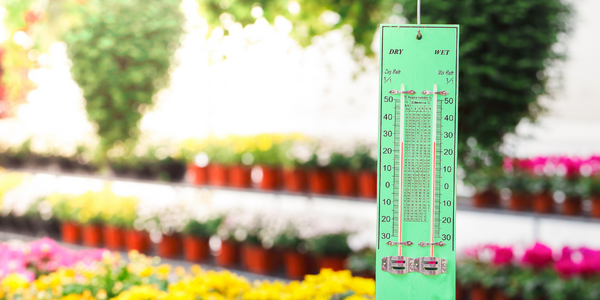
Case Study
Precision beekeeping with wireless temperature monitoring
Honeybees are insects of large economic value and provide a vital service to agriculture by pollinating a variety of crops. In addition, bees provide us with valuable products such as honey, beeswax, propolis, bee venom, etc. Monitoring of honeybee colony health, population, productivity, and environmental conditions affecting the colony health have always been exceedingly difficult tasks in apiculture. Research has shown that even small deviations (by more than 2°C) from the optimal temperatures have a significant influence on the development of the brood and the health of adult bees.
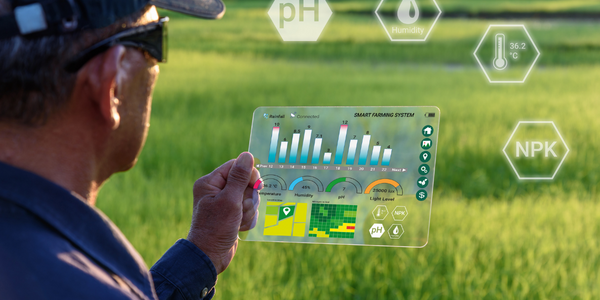
Case Study
Enabling Internet of Things Innovation in Agriculture
DigiBale, wanted to apply technology know-how and IP from implementations successfully to more agriculture sectors including cotton, forestry, sugarcane and cattle. However, farmers and growers still have worries about the connected technology.







